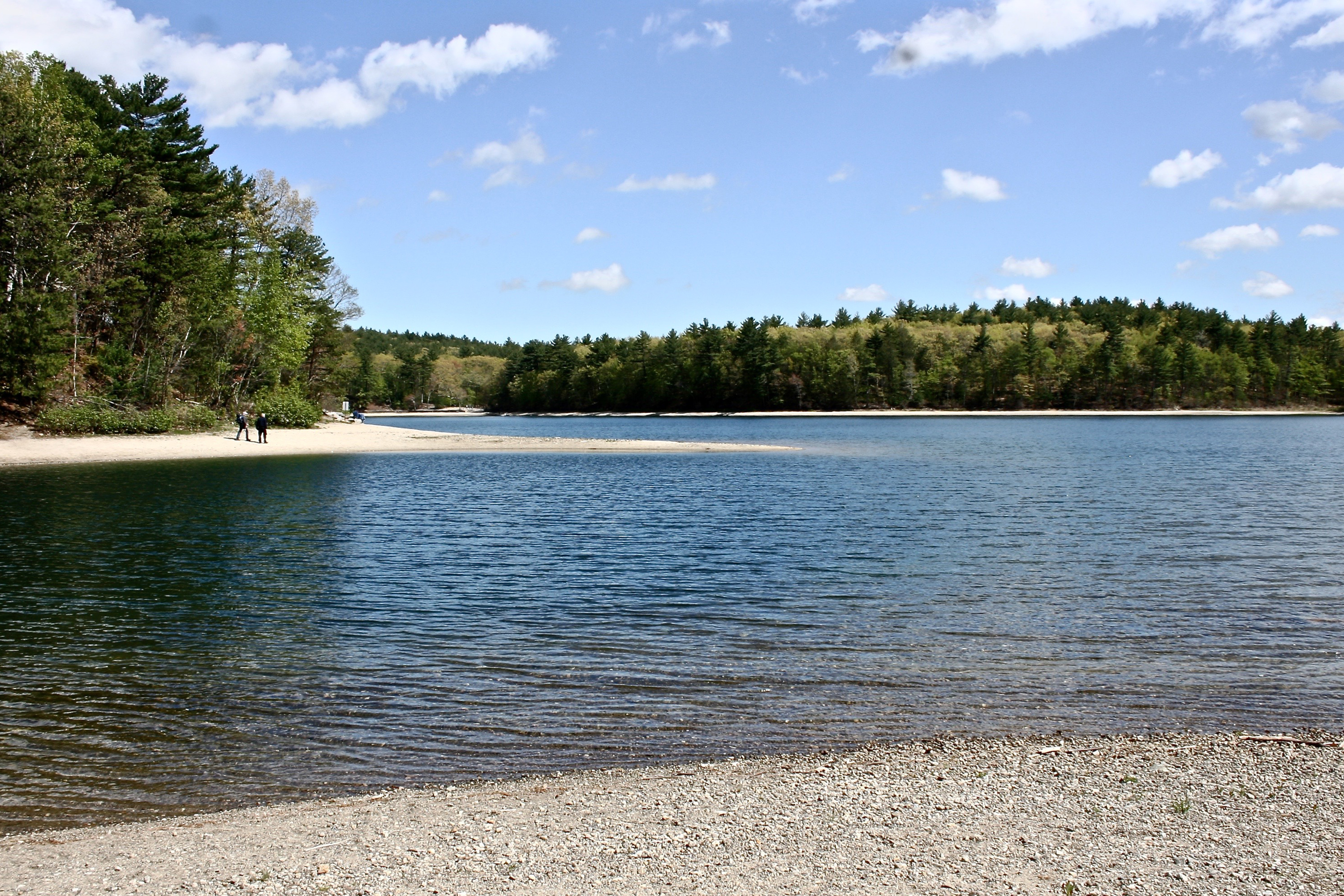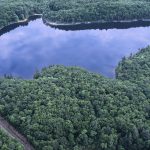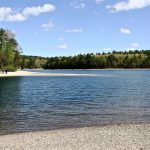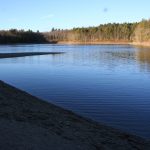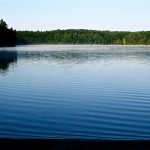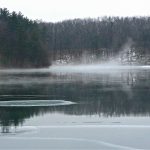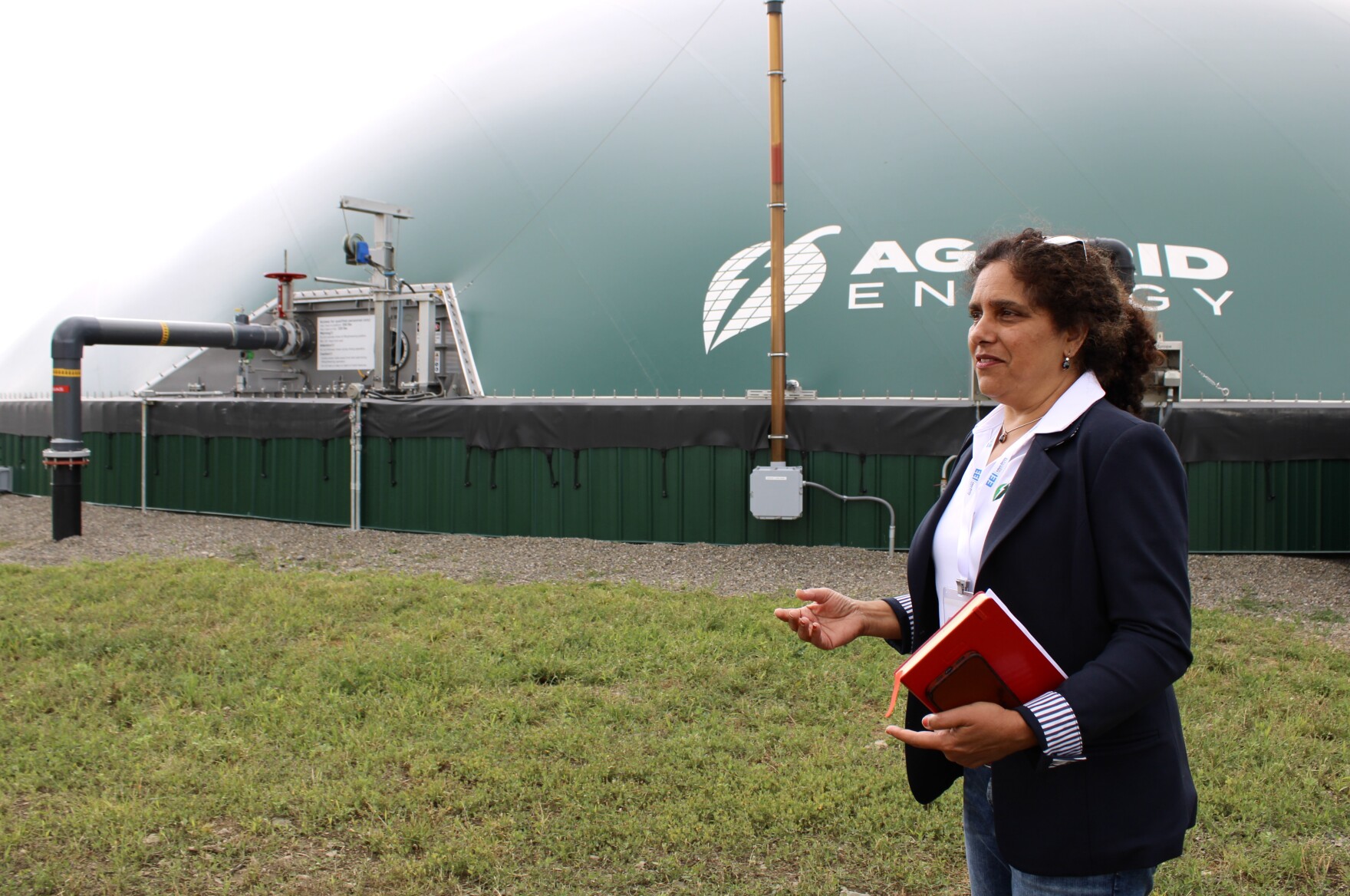When geologist Robert Thorson re-read Henry David Thoreau’s Walden Pond several years ago to prepare for co-teaching a class titled “Walden and the American Landscape” in an American Studies honors program, he found himself drawn to Thoreau’s prose and began, quite literally, to explore the landscape of Walden Woods.
Immersing himself in Thoreau’s journals, he got to know the scientist who recorded observations of the land and its environment.
In 2014, Thorson published the first book in his re-assessment of Thoreau’s legacy, titled Walden’s Shore. Last year, he completed this re-assessment with The Boatman: Henry David Thoreau’s River Years (2017).
When he discovered there was no guidebook to one of America’s most iconic places, he suggested writing a visitor’s guide to Walden Pond, which is visited each year by half a million people.
Working in collaboration with the Walden Woods Project, the organization founded in 1990 by musician Don Henley, Thorson has just published the first guide to Walden Pond: The Guide to Walden Pond: An Exploration of the History, Nature, Landscape, and Literature of One of America’s Most Iconic Places (2018).
He spoke with UConn 360 about the book, which he admits has an unusual approach. He discusses what he wrote, why Walden Pond is a special place, the return of Thoreau’s journal to his writing desk, and what he learned from writing The Guide to Walden Pond.
Listen to the interview here:
For the full podcast and other episodes, go to the UConn 360 website.
